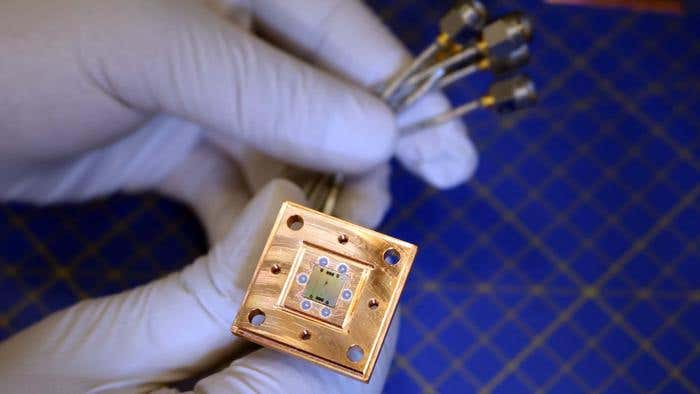Lifesaving new test detects dangerous genetic condition that can cause cardiac arrest or death
Researchers have developed a straightforward clinical test to detect Calcium Release Deficiency Syndrome (CRDS).

Researchers have developed a straightforward clinical test to detect Calcium Release Deficiency Syndrome (CRDS), a dangerous genetic condition that leads to abnormally fast heartbeats and can cause sudden cardiac arrest or death.
The innovative diagnostic method works by monitoring changes in electrocardiography (ECG) after the heart experiences a brief fast heartbeat followed by a pause. This pause can happen naturally or be induced through controlled pacing of the heart.
Jason Roberts from the Population Health Research Institute (PHRI) and Wayne Chen from the Libin Cardiovascular Institute co-led this groundbreaking study. Published in JAMA, their research unveils a promising way to identify CRDS using a simple ECG test.
CRDS, a condition often hidden from standard clinical tests, remains a significant health risk. Each year, 60,000 cardiac arrests occur in Canada, with many remaining unexplained due to undetected CRDS. This lack of detection hampers optimal care for survivors and their families who may also carry this genetic condition.
“This novel and simple diagnostic method, which can be performed using an electrocardiogram in a broad range of clinical settings, is hopefully an important step towards improving our evaluation of initially unexplained cardiac arrest (UCA),” said Roberts, emphasizing the potential impact of the new test.
The study was extensive, involving 68 participants from 10 centers across seven countries. These participants were from four categories of heart conditions, including CRDS patients and survivors of unexplained cardiac arrest (UCA).
Accompanying studies in Chen’s lab used genetic mouse models, which showed similar ECG patterns to those seen in humans with CRDS, providing deeper insights into the condition's cellular mechanisms.
Related Stories
"CRDS has been linked to many tragic incidents and heartbreaking stories affecting families," said Roberts.
He recounted instances where patients fainted but showed no issues on standard tests, leading doctors to dismiss the episodes as non-threatening. Tragically, some of these seemingly healthy individuals later suffered sudden cardiac arrests, with fatal outcomes in some cases.
The existence of CRDS was confirmed in 2021 by Chen’s team, answering long-standing questions in the medical community. However, diagnosing CRDS required specialized lab tests available only in research settings, making it inaccessible to most physicians and limiting care options for at-risk patients and their families.
The research represents the first phase of a broader effort to establish a diagnostic approach for CRDS. This is part of the ongoing PHRI DIAGNOSE CRDS trial, an international initiative to strengthen the study’s findings. Currently, the trial is in its recruitment phase, aiming to enroll 500 participants from 30 sites across 10 countries.
“We hope this test will help many families worldwide who have faced unexplained cardiac incidents or lost loved ones to them,” added Roberts, expressing optimism for the new test’s potential to save lives.
The team believes that this simple pacing test could become a routine part of diagnosing unexplained cardiac arrests, offering hope for better outcomes and preventing future tragedies.
“This is an important discovery because there is an urgent need for a clinical diagnostic test for CRDS,” said Chen. He highlighted that the test would help identify individuals at risk, improve understanding of CRDS prevalence, and potentially lead to the development of treatments for the condition.
This new ECG-based test for CRDS marks a significant step forward in cardiac care. It promises to improve the diagnosis and management of a condition that has long eluded standard medical testing, potentially saving countless lives and providing much-needed answers for families affected by unexplained cardiac events.
For more science and technology stories check out our New Innovations section at The Brighter Side of News.
Note: Materials provided above by The Brighter Side of News. Content may be edited for style and length.
Like these kind of feel good stories? Get the Brighter Side of News' newsletter.
Joshua Shavit
Science & Technology Writer | AI and Robotics Reporter
Joshua Shavit is a Los Angeles-based science and technology writer with a passion for exploring the breakthroughs shaping the future. As a contributor to The Brighter Side of News, he focuses on positive and transformative advancements in AI, technology, physics, engineering, robotics and space science. Joshua is currently working towards a Bachelor of Science in Business Administration at the University of California, Berkeley. He combines his academic background with a talent for storytelling, making complex scientific discoveries engaging and accessible. His work highlights the innovators behind the ideas, bringing readers closer to the people driving progress.



